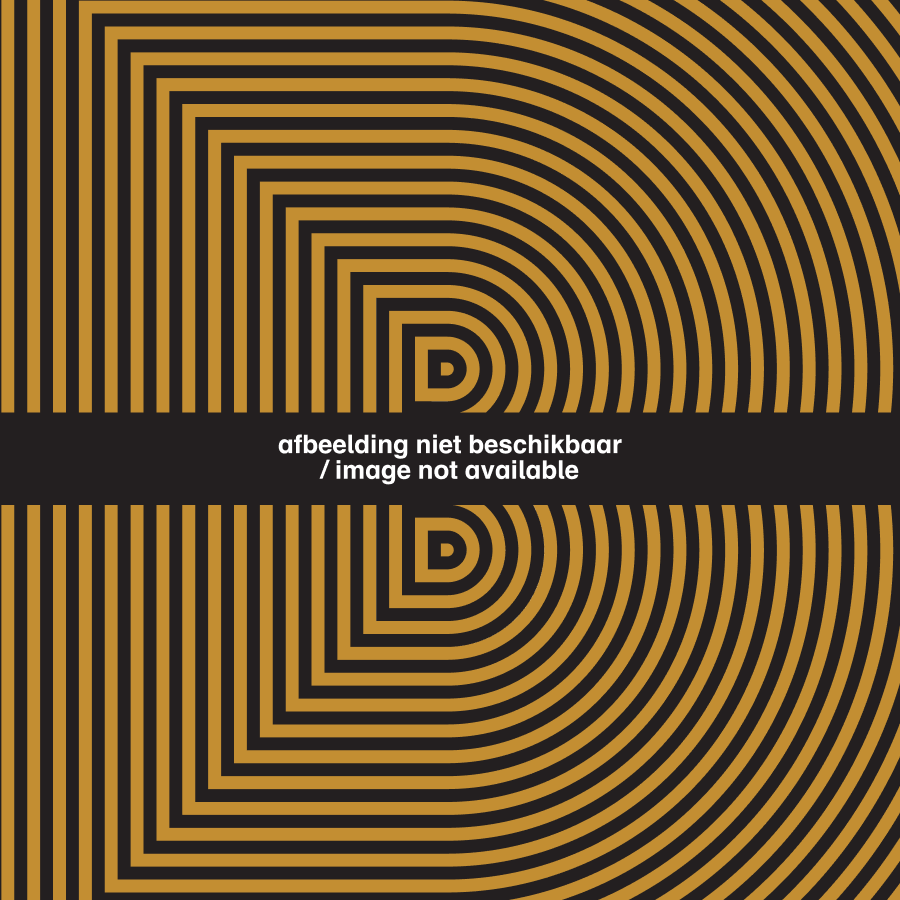By using visible rivets, Eisenloeffel intentionally made clear how the parts of this service were constructed. That he was mainly interested in emphasising the ‘idea’ of honest construction is evident from the fact that he also used rivets on silver items, for which they are entirely redundant.

Specifications
| Title | tea service |
|---|---|
| Material and technique | Copper, glass, rattan |
| Object type |
Tea service
> Drinkware
> Serveware
> Service
> Set
> Tableware
> Kitchen and household
> Utensil
|
| Location | This object is in storage |
| Artists |
Designer:
Jan Eisenloeffel
|
|---|---|
| Accession number | V 2565 a-k (KN&V) |
| Credits | Gift Rosemarie Willems, 2007 |
| Department | Applied Arts & Design |
| Acquisition date | 2007 |
| Creation date | in circa 1905 |
| Internal exhibitions |
Hand Made - Long Live Craft (2013) |
| Material | |
| Object | |
| Technique |
Extrude
> Forced
> Shaping techniques
> Metal working technique
> Technique
> Material and technique
Extrude
> Forced
> Shaping techniques
> Metal working technique
> Technique
> Material and technique
|
Do you have corrections or additional information about this work? Please, send us a message
























